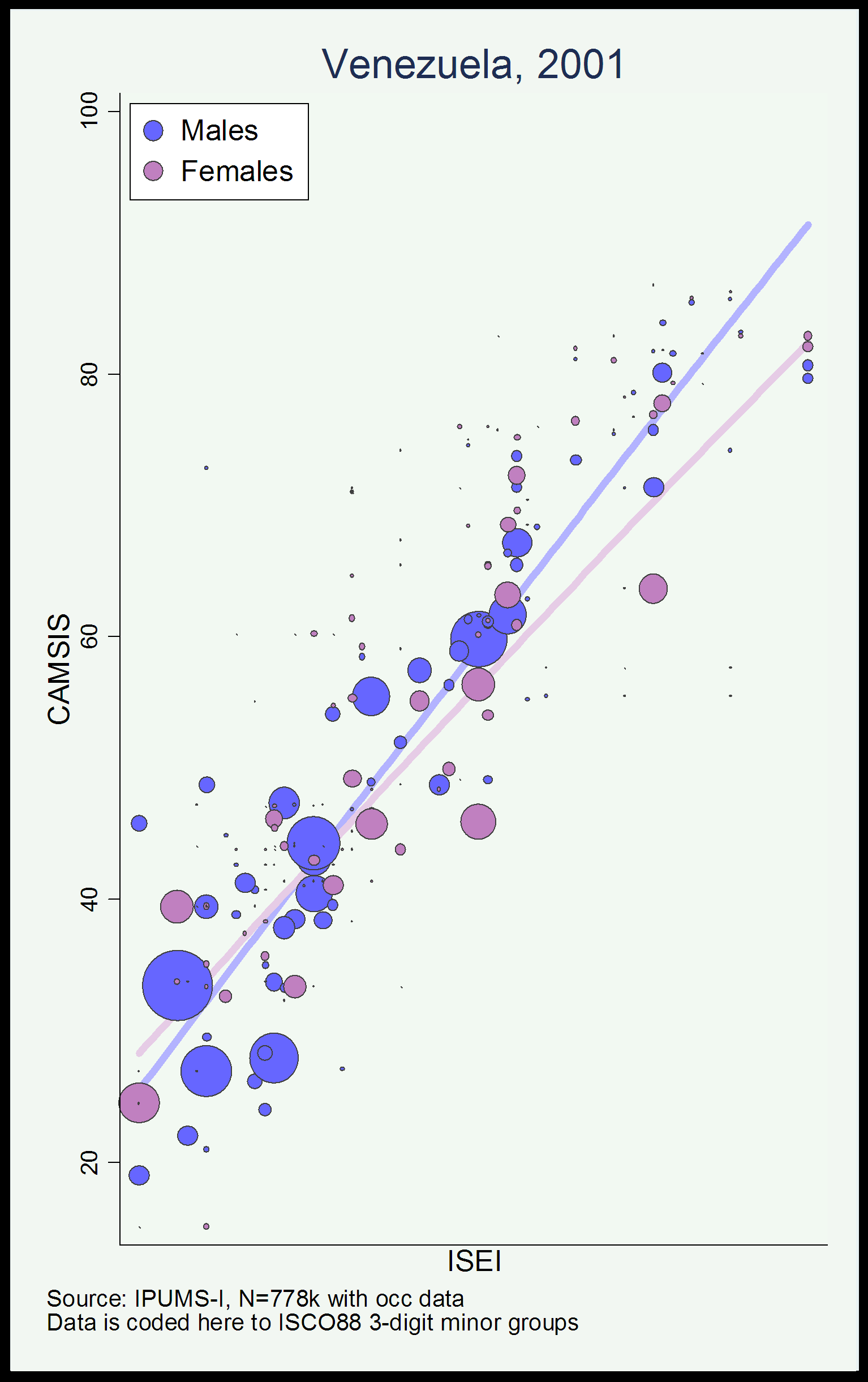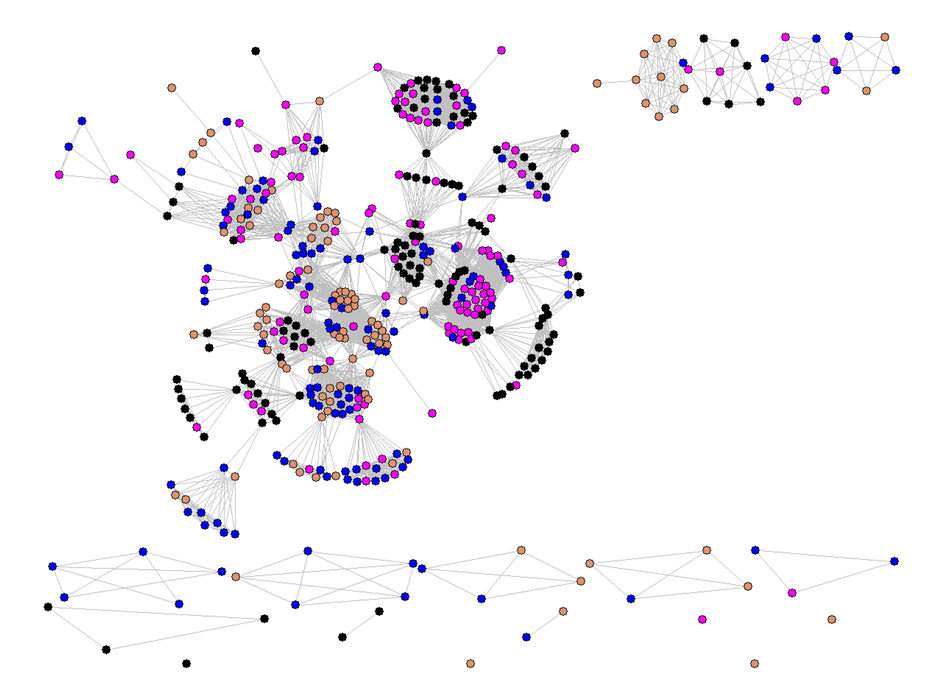 The project applies two alternative methods of analysis to data on the social connections held by the incumbents
of occupational positions. These are Social Network Analysis (SNA) and Social Interaction Distance analysis (SID),
methods which have not hitherto been brought together. Applying these two approaches to data on detailed occupational
positions provides exciting new evidence on the nature of occupational structures and social inequalities.
The project applies two alternative methods of analysis to data on the social connections held by the incumbents
of occupational positions. These are Social Network Analysis (SNA) and Social Interaction Distance analysis (SID),
methods which have not hitherto been brought together. Applying these two approaches to data on detailed occupational
positions provides exciting new evidence on the nature of occupational structures and social inequalities.
The two methodologies have very different backgrounds. Social Interaction Distance analyses have a long and well established history. Paul Lambert supports the CAMSIS (Cambridge Social Interaction and Stratification Scales) website (www.camsis.stir.ac.uk), the principle resource for undertaking and distributing the results of SID analyses of occupational data both for the UK and internationally. These resources are widely exploited by social scientists from across the world.
 Social Network Analysis is an exciting and emerging approach to analysing social structures. To our best knowledge,
SNA has not previously been used to explore wide-scale structures of social interactions between occupations. The
contribution of SNA to understanding occupational structure focuses upon identifying important 'routes' between
socially connected occupations. To give a stylised example, in a contemporary UK town it might be noted that
residents of a large council estate have very few voluntary social interactions with residents of a nearby large
private estate. Analysing the occupational connections held by the respective residents might, however, highlight
a few key occupations where members of the two groups have much more frequent social contacts (say, jobs in the
protective services). An SNA analysis can highlight such particular points of connection, with implications for
policy proposals on social inclusion and social justice.
Social Network Analysis is an exciting and emerging approach to analysing social structures. To our best knowledge,
SNA has not previously been used to explore wide-scale structures of social interactions between occupations. The
contribution of SNA to understanding occupational structure focuses upon identifying important 'routes' between
socially connected occupations. To give a stylised example, in a contemporary UK town it might be noted that
residents of a large council estate have very few voluntary social interactions with residents of a nearby large
private estate. Analysing the occupational connections held by the respective residents might, however, highlight
a few key occupations where members of the two groups have much more frequent social contacts (say, jobs in the
protective services). An SNA analysis can highlight such particular points of connection, with implications for
policy proposals on social inclusion and social justice.
Historical and contemporary datasets are utilised from across the globe. We are interested in observing the trends and processes which help develop, and reinforce occupational stratification and explore how these emerge across different societies. We embrace other statistical methods, such as multilevel modelling, in our analyses and attempt to generate a new methodological toolkit for analysing social inequalities and occupational advantage.